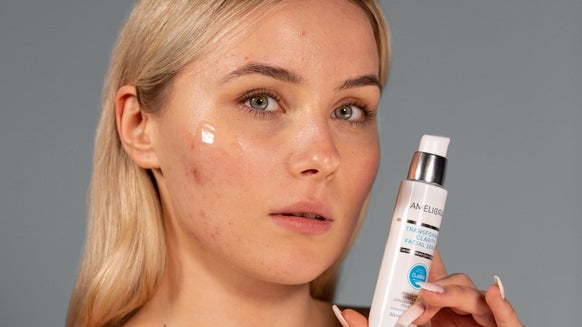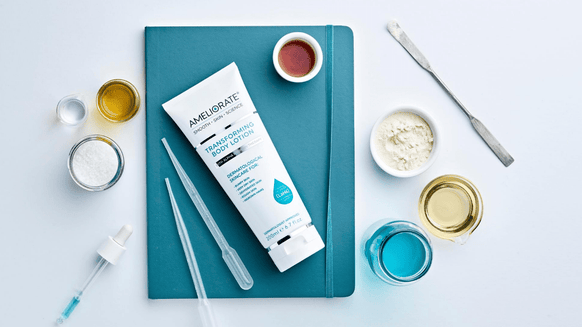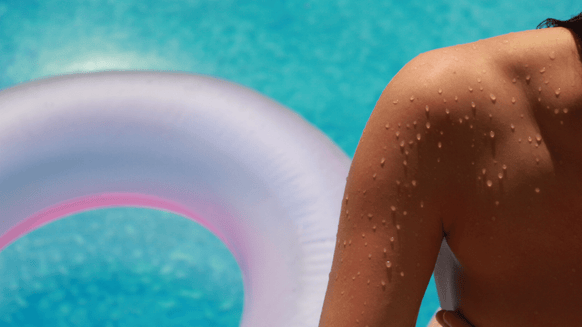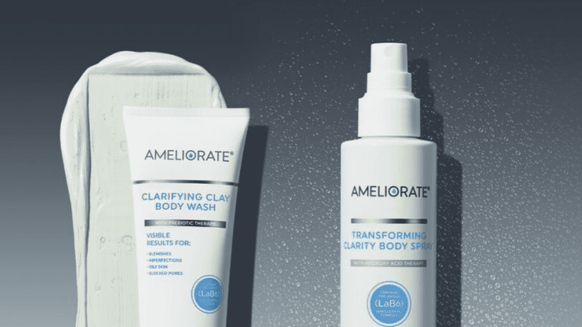What can a Dermatological Pharmacist tell us about Keratosis Pilaris?

Anyone who struggles to manage the appearance of red bumps on their skin will know how frustrating Keratosis Pilaris is. We sat down with
What causes Keratosis Pilaris?
Keratosis Pilaris is caused by a build-up of keratin. Although keratin is an essential protein for hair and nails, some people produce an excess which can get trapped in the hair follicles, leading to small bumps forming on the skin.
Is Keratosis Pilaris linked to Psoriasis or dry skin?
It’s not caused by psoriasis but it can be aggravated by other dry skin conditions because immature dry skin cells shed more often than healthy ones and contribute towards the blocking of hair follicles.
My mum suffers from KP and I have started getting some dry spots – could it be the same?
It is quite common to find that Keratosis Pilaris runs in families, yes. That’s nothing to worry about though! Starting a proper maintenance routine as early as possible will help to minimise the development of symptoms like those tell-tale red bumps. Our Three
How do I know it’s Keratosis Pilaris?
KP can develop anywhere on the body where there are hair follicles, although it is more commonly found on arms and legs. If you’ve been suffering from bumps for more than a few weeks, then it could be KP. Another major indication of Keratosis Pilaris is that the bumps won’t have openings (as with white heads) and are often quite hard to touch.
What products should I use?
Exfoliate regularly to make sure that dead skin cells don’t have a chance to block hair follicles. Don’t choose anything too abrasive however as this can irritate or aggravate dryness. A gentle chemical exfoliator is perfect, such as AMELIORATE Smoothing Body Exfoliant which contains AHAs. I recommend exfoliating once or twice a week, or up to three times a week if your skin is particularly dry. Skin needs moisture to keep it strong, as well as to avoid the shedding of dry skin cells, so follow your shower routine with a nourishing moisturiser such as the AMELIORATE Nourishing Body Wash.
What is Lactic Acid?
Lactic acid belongs to a group of exfoliating agents known as Alpha Hydroxy Acids or AHAs. These are good for dry skin, as they not only help to remove dry, dead skin cells but are also excellent humectants – this means they attract and are able to hold on to water molecules, so great at protecting moisture in your skin.
Lactic Acid is also incredibly effective at breaking down keratin, making it the perfect weapon against the symptoms of Keratosis Pilaris. It does have quite a distinct fragrance, which some people are surprised by! But it’s perfectly normal.
What’s the best way to look after my skin in winter?
The colder air around us, having to layer up our clothing and the effects of central heating means that in winter the moisture in our skin evaporates much more quickly.
The best way to keep skin healthy is by making sure you moisturise daily with a rich formula such as AMELIORATE Transforming Body Cream. The cream uses the same ingredients as the AMELIORATE Transforming Body Lotion but has additional Omega oils, Shea and Cocoa Butters as well as Squalane, all of which help to nourish and protect your skin.
For those with very dry skin or Keratosis Pilaris (‘chicken skin’) having a bath is stressful. For the few moments reward of blissful relaxation, the payoff of tight, dry skin is just not worth it. Until now, AMELIORATE has created new Bath Milk Oil.
The AMELIORATE Three Step Routine












